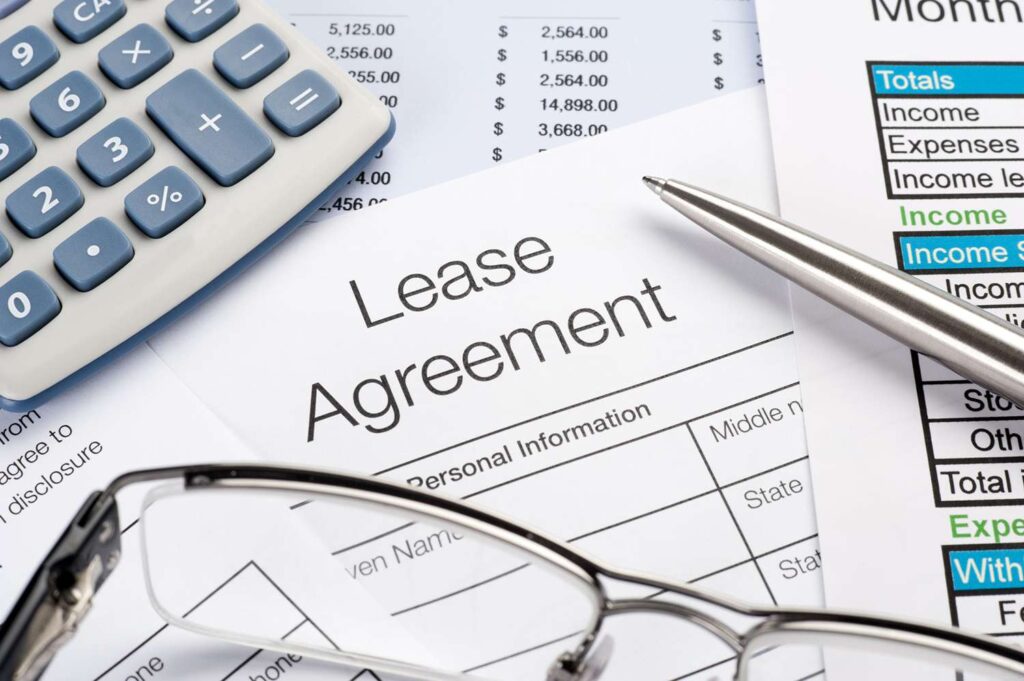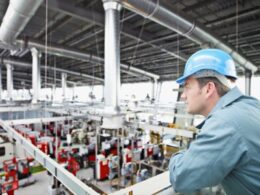Manufacturing Equipment: Should you Lease or Buy?
As we approach the end of a financial year, businesses everywhere will start to make plans. It might be time for a thorough review of your processes and operations. And if you work in manufacturing, you might find that your equipment is in serious need of an upgrade. Leasing rather than buying might be a new way for investment.
For your business to remain competitive, it’s not enough for your equipment to be simply fit for purpose. You need to stay on top of advances in technology and processes. If you make a point of regularly upgrading your equipment, you’ll always be able to satisfy your clients and customers with products and services that are truly state of the art and efficient. However, it can be expensive to invest in completely new machinery every few years. Hence leasing equipment has become more and more popular in the past few years.
So, is leasing the perfect option for you? As with everything, there are many factors that need to be considered – plus, both options will have advantages and disadvantages depending on your business situation.
In order to help you make the best decision, we’ve covered some of the key pros and cons of each option below.

To Buy
Advantages:
Total Ownership: The most obvious advantage of buying business equipment is that you gain ownership of it and are therefore more independent to use it as you see fit.
Tax benefits: The Australian Tax Office provide another good reason to consider purchasing equipment outright: you may be able to receive tax savings through depreciation deductions. It’s worth bearing in mind that not all equipment purchases are eligible. Speak to your tax accountant for advice.
Disadvantages:
Higher Initial Expense: Smaller businesses might not be able to afford to pay for the equipment up front or might be better off using capital in other areas.
Obsolete Technology: There is always the risk that the equipment you’ve purchased may become technologically obsolete sooner than expected.

To Lease
Advantages:
Less Initial Expense: Equipment leases do not usually require a down payment, which means you can get a hold of your coding system upfront and with little impact on your cash flow.
Flexible Contract: Leases tend to have more flexible terms than loans for purchasing equipment, which can prove highly beneficial if you need to negotiate a longer payment plan to lower your costs.
Available Upgrades: Leasing allows you to upgrade your coding equipment to the very latest model available without adding cost to the bottom line. Some programmes available include an all-in price for printers, services, parts and a 5-year warranty, and can be paid with an operating budget, making the entire process as stress free as possible.
Disadvantages:
Higher Final Costs: The final cost for leasing a system ends up being more expensive than purchasing it upfront.
No Ownership: You don’t build equity in the equipment you’ve leased.
Contractual Obligations: Unless you’ve agreed to a cancellation policy, you are obligated to pay for the entire lease period even if you stop using the equipment.

So, should I buy or lease my equipment?
For smaller businesses and organisations, leasing is a sensible option since this provides a more cost effective way of tackling coding and marking automation. With coding and marking technology updated on a regular basis, to deliver the most efficient solutions available, a leasing option works well since it is far easier to upgrade to the latest tech. What’s more, when working on a ‘Total Cost of Operation’ model, leasing is a very attractive option since maintenance and associated downtime costs are greatly reduced.
Upgrading your facility and investing in technology can make a difference to your bottom line. If you want to explore the option to lease or buy new equipment, please contact us.







